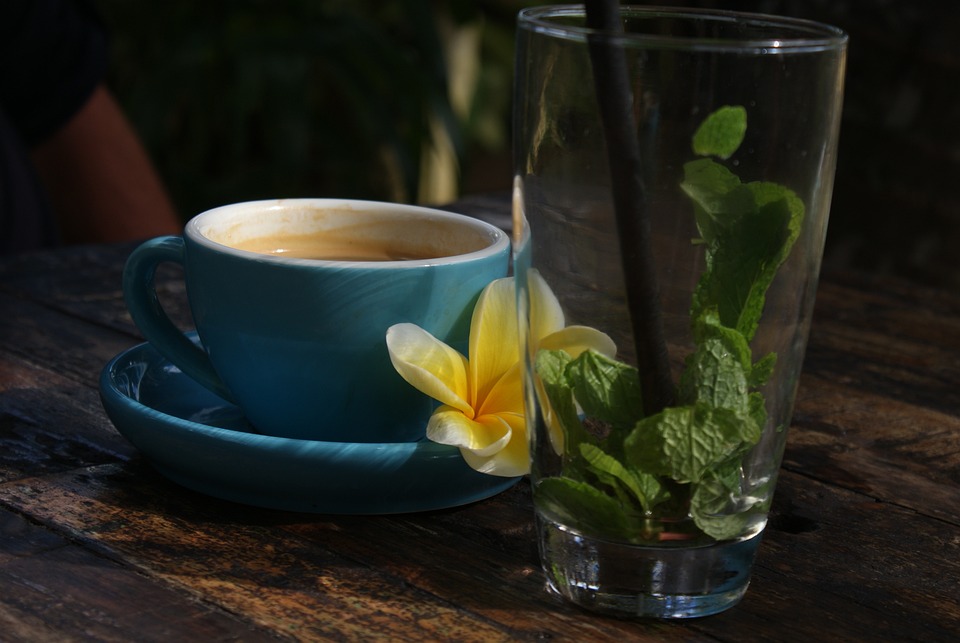Bali, often hailed as a paradise for adventure seekers, offers an exhilarating experience through its majestic rivers and lush landscapes. Among the various outdoor activities available, whitewater rafting stands out as a thrilling way to explore Bali’s natural beauty while enjoying an adrenaline rush. This guide will navigate you through the top whitewater rafting experiences on the island, ensuring an unforgettable adventure.
When it comes to whitewater rafting in Bali, two rivers reign supreme: the Ayung River and the Telaga Waja River. Each of these rivers presents unique challenges and breathtaking scenery, catering to both seasoned rafters and beginners eager to dip their toes into this adventure sport.
Ayung River
The Ayung River is one of the most popular rafting destinations in Bali. Stretching over 12 kilometers, this river offers a combination of excitement and stunning vistas. The rapids here range from class II to class III, making it an ideal choice for families and first-time rafters. As you navigate through the gentle twists and turns of the river, you will encounter mesmerizing waterfalls, lush rainforests, and intricate carvings etched into the rock faces — a testament to the island’s rich cultural heritage.
Professional guides accompany rafters down the Ayung River, ensuring safety while providing insights into the local flora and fauna. The trip usually lasts around two hours, allowing ample time for participants to soak in the scenic beauty of the surroundings. Furthermore, the calmer sections of the river provide opportunities for a refreshing swim, making this experience not only thrilling but also relaxing.
Telaga Waja River
For those seeking a more intense whitewater experience, the Telaga Waja River should be at the top of your list. This river is renowned for its rapids, which can reach class IV, suitable for more experienced adventurers. Spanning approximately 14 kilometers, the Telaga Waja presents an exhilarating challenge as it flows through deep gorges and dramatic terrains dotted with verdant rice terraces.
One of the highlights of rafting on the Telaga Waja is the striking views of Mount Agung. As you paddle through the roaring rapids, you will witness the raw power of nature and the breathtaking beauty of Bali’s landscapes. The adventure typically includes a thrilling drop of approximately 5 meters, providing a rush that even seasoned rafters are sure to remember.
Safety is paramount during your excursion on the Telaga Waja, with trained professionals guiding you through the toughest sections of the river. After your rafting experience, you can partake in a relaxing lunch provided by many of the local operators, often served in picturesque outdoor settings.
What to Expect
Whitewater rafting in Bali is more than just the thrill of navigating rapids; it is an opportunity to connect with nature and experience the island’s vibrant ecosystem. Most tours include equipment rental, such as helmets, life jackets, and paddles, along with trained guides who provide a thorough safety briefing before the adventure begins.
The best time for rafting in Bali typically falls between April and November when water levels are ideal for an optimal adventure. Tours generally operate daily, offering flexible itineraries to accommodate various schedules.
For those who may be apprehensive about physical exertion, it’s reassuring to know that whitewater rafting is accessible to all fitness levels. Whether you are a solo traveler, a couple on a romantic getaway, or a family seeking adventure, Bali’s rivers cater to all.
Conclusion
In conclusion, whitewater rafting in Bali is an exhilarating way to engage with the island’s natural beauty. With the Ayung River offering a scenic journey suitable for all ages, and the Telaga Waja River challenging more adventurous souls, there is something for everyone. As you experience the thrill of navigating the rapids, you will undoubtedly create memories that will last a lifetime. So, gear up, embrace the rush, and prepare to embark on the adventure of a lifetime while rafting the rapids of Bali.
